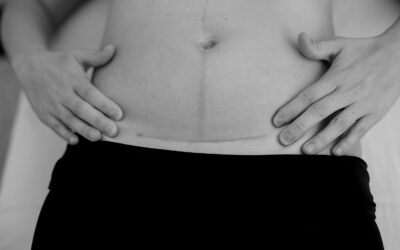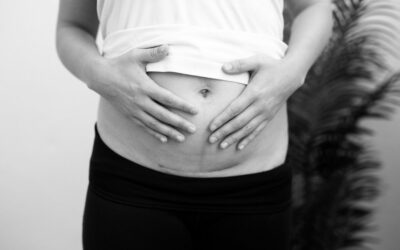Second in our series in what to expect from your postpartum body series we cover 2-4 weeks postpartum. Below you will find information on what to expect in terms of healing, when to contact your healthcare provider or seek treatment from a pelvic floor PT, and how to begin returning to exercise safely.
Tips For Your Body During Weeks 2-4 After Having A Baby
Congratulations! You’ve survived your first couple of weeks as a momma! Even though you might continue to feel a long way from “normal,” your body should be starting to recover from childbirth, and certain basic activities will be a bit easier!
You might start to notice some signs of life “down there” when you kegel, and pooping should no longer feel like you’re birthing another child. It’s true that pooping is one of the worst parts of being immediately postpartum, but by 2 weeks your bowel movements will begin to feel less uncomfortable and you can consider discontinuing the use of stool softeners. You should be experiencing little to no constipation and should be able to void with little to no straining. The same also will ring true for your bladder.
Urinary Leakage and Frequency
Urine leakage that you likely experienced immediately postpartum should be less frequent or not present at all. You might still be urinating more frequently if you have significantly increased your hydration for nursing. However, you still should only be voiding urine every couple of hours. You also should be able to empty your bladder fully when you void. If you are feeling that you have to pee again as soon as you stand from the toilet, chances are you’re having some dysfunction in your pelvic floor. On the bright side, pelvic floor PT can help!
Dealing With Vaginal Dryness
Vaginal dryness… man oh man. Who knew your vagina could feel like sandpaper that’s been left in the desert for years?! It’s awful, but guess what? It’s normal. The hormones that are circulating through our bodies while we are nursing often cause pretty significant vaginal dryness. This can lead to painful intercourse and general vaginal discomfort. For this, we recommend using vitamin E oil daily on your vulvar tissues. This will help lubricate the tissue and make intercourse more comfortable, when it is safe to resume intercourse at around 6 weeks postpartum.
Focus On Your Mental Health
Lastly, but most importantly: your mental health. This season of life is exhausting. It’s emotionally, mentally and physically draining. You might have days when you don’t even recognize yourself anymore. The hormonal changes you’re going through might have you on an emotional rollercoaster with so many ups and downs that you may wonder if you will ever feel “level” again. That is OK and normal. You are not alone.
However, if you feel like this emotional rollercoaster gets to be too exhausting, seek the help of a mental health professional and speak to your OB about the possibility of medication. Remember, you cannot take care of that sweet baby unless you are first taking care of yourself!
The Green Light to Exercise
If you are experiencing continued constipation, excesses straining with bowel or bladder voiding, or are having urine leakage or increased urgency, we recommend you see a pelvic floor physical therapist for a consultation. There’s a chance you could be experiencing pelvic floor tightness, weakness, muscle incoordination, or the trifecta of all 3. An evaluation by a pelvic floor PT can help determine which of these issues you are having, and a specific treatment plan can be developed to help you return to normal. If you are one of the lucky ones who is not experiencing any of these symptoms, then you are safe to start returning to gentle exercise.
What Exercises to Do Early Postpartum
In this 2-4 weeks postpartum stage, we recommend very light, low intensity exercises that will begin to activate your lower abs and pelvic floor, but will not over stress these tissues. This can include swimming, walking, gentle yoga, simple lower abdominal strengthening, and kegels. At this stage, you are still protecting the tissue and allowing it to heal. It is important that you do not exceed the level of activity that the tissue can handle. This means that if you experience urinary leakage, pelvic pain or pressure, or low back/SI pain with any activity, it is probably more than your tissues can handle at this point in time.
Higher level activities like Crossfit, running, powerlifting, or HIIT classes are not recommended at this time as it takes 12 weeks for our muscles and ligamentous tissues to heal. If you are having a hard time determining what is appropriate, seek guidance from a pelvic floor PT. The staff at NOLA Pelvic Health offer both in clinic and online sessions, and we are always more than happy to help.
To get you started, we have included several videos in the V-Hive Program for basic lower abdominal strengthening exercises that are safe and beneficial at this stage. We also have added postural exercises and stretches that can be done to help relieve some of that nursing related neck and shoulder pain.
______________________________________________________________________________________________________
Are you currently pregnant or planning to conceive? If so, make sure to download my FREE resource — How to Prepare Your Pelvic Floor & Core for Childbirth + 8 Must-Dos for C-Section and Vaginal Deliveries.
______________________________________________________________________________________________________
Some links may be affiliate links. The products we recommend are products we use or recommend to clients.





